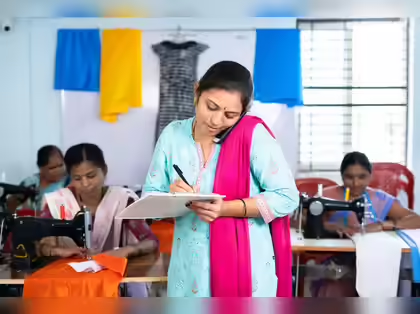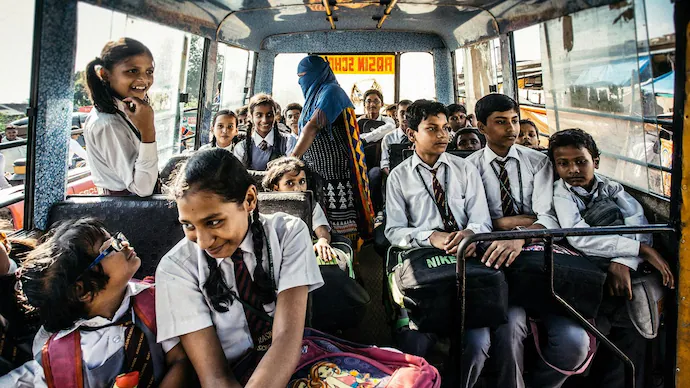- Courses
- GS Full Course 1 Year
- GS Full Course 2 Year
- GS Full Course 3 Year
- GS Full Course Till Selection
- Answer Alpha: Mains 2025 Mentorship
- MEP (Mains Enrichment Programme) Data, Facts
- Essay Target – 150+ Marks
- Online Program
- GS Recorded Course
- Polity
- Geography
- Economy
- Ancient, Medieval and Art & Culture AMAC
- Modern India, Post Independence & World History
- Environment
- Governance
- Science & Technology
- International Relations and Internal Security
- Disaster Management
- Ethics
- NCERT Current Affairs
- Indian Society and Social Issue
- NCERT- Science and Technology
- NCERT - Geography
- NCERT - Ancient History
- NCERT- World History
- NCERT Modern History
- NCERT Medieval History
- CSAT
- 5 LAYERED ARJUNA Mentorship
- Public Administration Optional
- ABOUT US
- OUR TOPPERS
- TEST SERIES
- FREE STUDY MATERIAL
- VIDEOS
- CONTACT US
India's First Indigenous Antibiotic Nafithromycin, To Fight AMR
India's First Indigenous Antibiotic Nafithromycin, To Fight AMR
04-12-2024
- In November 2024, India launched its first antibiotic made within the country, Nafithromycin, to fight antimicrobial resistance (AMR), a serious health issue.
- This new drug is a major progress in treating drug-resistant pneumonia, which kills over two million people each year around the world.
- Nafithromycin is the first new antibiotic of its kind in over 30 years, making it a big step forward in medicine.
Why is Nafithromycin a Game-Changer?
- Pneumonia is one of the leading causes of death worldwide, especially in developing countries.
- However, many old antibiotics no longer work well due to antibiotic resistance, such as Azithromycin, a common treatment for pneumonia.
- Nafithromycin is more powerful and effective against Community-Acquired Bacterial Pneumonia (CABP), a serious form of pneumonia caused by drug-resistant bacteria.
- More Powerful and Effective:
- Nafithromycin is 10 times stronger than Azithromycin, meaning it works much better at fighting resistant bacteria.
- It reaches the lungs 8 times better than Azithromycin, which is important since pneumonia mainly affects the lungs.
- Easier Treatment:
- Nafithromycin requires just one dose per day for three days, making it easier for patients to follow the treatment.
- This helps improve patient compliance, meaning patients are more likely to complete their treatment, which leads to better results.
- Nafithromycin has very few stomach-related side effects and can be taken with or without food, making it more convenient for patients.
- Nafithromycin has a 96.7% success rate in treating pneumonia, showing that it works well in most cases.
Why is Drug-Resistant Pneumonia a Big Problem in India?
- India has 23% of the world’s pneumonia cases.
- Studies show that half of pneumonia cases in India may involve bacteria that no longer respond to regular antibiotics, which is a major problem in the country.
- Reasons for Resistance:
- Overuse of Antibiotics: In India, doctors often prescribe antibiotics too easily, and people sometimes take them without medical advice.
- This leads to bacteria becoming resistant to treatment over time.
- Many parts of India still face problems like poor sanitation and lack of access to healthcare, making it easier for infections to spread.
- people in India take antibiotics on their own without proper medical advice, which can cause resistance to develop.
- Drug-resistant pneumonia is especially dangerous for children, the elderly, and people with weakened immune systems (such as those with diabetes or cancer).
- These groups are more likely to suffer severe illness, and existing treatments may not work.
Why Nafithromycin is Important for India
- Cost-Effective Treatment: Nafithromycin could lower healthcare costs by improving patient recovery and reducing the need for long hospital stays.
- It also prevents the use of treatments that don’t work, which can be expensive.
- Fighting AMR: As a new antibiotic, Nafithromycin can help fight the problem of antimicrobial resistance (AMR), a growing global health threat.
- Developing new antibiotics is crucial in stopping the spread of infections that cannot be treated with current drugs.
- Better Treatment and Faster Recovery: With its three-day treatment course, Nafithromycin allows patients to recover faster compared to other antibiotics that require longer courses. This reduces the risk of complications.
Research and Development
- Years of Research: Nafithromycin is the result of 14 years of research and an investment of ₹500 crore (around $60 million).
- The drug went through clinical trials in the US, Europe, and India before being approved.
- Support and Manufacturing: Nafithromycin was developed with the help of the Biotechnology Industry Research Assistance Council (BIRAC), a government agency in India.
- It will be sold under the brand name Miqnaf by Wockhardt Pharmaceuticals, making it available to more patients.
What is Pneumonia?Pneumonia is an infection that causes inflammation in the lungs, affecting the air sacs (alveoli), which fill with fluid or pus, making it difficult to breathe. Causes of Pneumonia:
Symptoms:
Treatment:
What is Antimicrobial Resistance (AMR) and Growing Threats:
How can AMR be prevented?Increased Vaccination: Reduction in Antibiotic Use:
The study also suggested that the greatest reductions in antibiotic use would be observed in economically advantaged groups, though even economically disadvantaged populations would experience benefits, leading to a more equitable reduction in antibiotic consumption. |
Must Check: Best IAS Coaching In Delhi
UPSC Prelims Result 2024 Out: Expected Cut Off & Other Details, UPSC Prelims 2024 Answer with Explanation, Daily Prelims Quiz, Daily Current Affairs, MONTHLY CURRENT AFFAIRS TOTAL (CAT) MAGAZINE, Best IAS Coaching Institute in Karol Bagh, Best IAS Coaching Institute in Delhi, Daily Mains Question Answer Practice, ENSURE IAS UPSC Toppers, UPSC Toppers Marksheet, Previous Year Interview Questions, UPSC Syllabus




